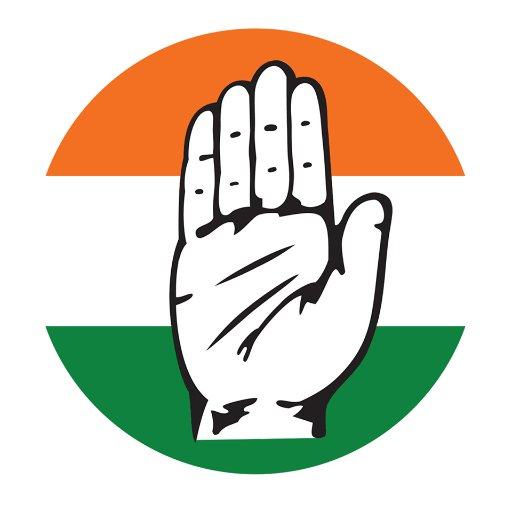Emergency then and Now: Progress in the Past, Decline in the Present

- Dr. Shashi Kumar Singh,
Ph.d., D.litt.
After imposition of emergency in the country on 25 June, 1975, “I had to take this step in the interest of the nation. It was a difficult decision, but necessary to save the country from chaos, economic instability, and conspiracies by foreign powers. The aim of the Emergency is not to end democracy but to stabilize and strengthen it. Opposition forces were inciting unrest and driving the country towards disorder. I appeal to the people of India to remain calm and patient. This is a temporary measure. Once the situation returns to normal, democratic processes will be fully restored.” This address was delivered in the Lok Sabha on 22 July, 1975, and is considered to be Indira Gandhi’s “official statement on the legality and propriety of the Emergency”. She also said: “No one needs to fear if they follow the law and are loyal to the nation.”
Data and evidence in favour of the Emergency imposed in 1975 - “When trains ran on time, officers arrived at office on time, and development schemes were implemented on the ground.”
Developmental Indicators (1975–1977):
GDP Growth Rate (1976–77): Rose from 1.2% to 9.0%. Industrial Growth: Increased by 6.1% in 1976 alone. Inflation: Dropped from nearly 25% to below 4%.Public Distribution: Improved delivery of ration and essential goods. Unemployment: Reduced by 15% in rural areas due to new employment schemes.
Governance and Administrative Efficiency:
Government officers maintained strict punctuality. Corruption was curtailed through swift actions. Illegal encroachments in cities like Delhi and Mumbai were cleared. Law and order saw visible improvement, especially in urban regions.
Today’s Crisis: An Undeclared Emergency?
During Morarji Desai’s government, Indira Gandhi did not directly state that the Emergency was a complete mistake. However, she acknowledged in public statements and interviews that, “Some things could have been done differently,” and that “Certain mistakes were made.”
She also said that - “The decision to impose emergency was taken according to the circumstances of that time, but some mistakes were definitely made.” This statement of hers was made in the Parliament and later during the press interaction, in which she had made a partial confession. If the emergency was not according to the circumstances and was against the public opinion, then how did Indira Gandhi’s popularity increase in two and a half years? This can be answered in a simple way.
After the emergency, the Janata Party government was formed but it could not survive. There were many reasons for this. First, internal contradictions: The Janata Party was struggling with internal strife. Leaders like Morarji Desai, Charan Singh, Atal Bihari Vajpayee, Lal Krishna Advani used to disagree with each other and keep fighting among themselves. They had nothing to do with the development of the country. The people of India quickly understood this. Second, failed governance: The Janata Party government was free from corruption charges, but it failed to implement concrete policies. Third, neglect of villages, poor and farmers: The Janata Party government could not fulfill the expectations of rural India. Fourth, Indira Gandhi’s new campaign: Indira Gandhi again raised the slogan of ‘Garibi Hatao’ and communicated directly with the public. The result was that the public once again began to see Indira Gandhi as a strong and decisive leader.
Current Crisis: Failures of Modi Government
Today, democracy in India is under the shadow of an undeclared emergency and the constitutional structures have been completely demolished. The erosion of institutions and economic decline are at their peak under the Narendra Modi regime.” The values on which the Constitution stood are crumbling today under the pressure of power.” Some examples of which are as follows –
Economic Decline (2020–2025):
GDP Growth Rate (2022–23): Down to 5.8%.Unemployment Rate: Crossed 8% nationally. Retail Inflation (2023): Averaged 7.8%; food inflation over 11.4%. Currency Depreciation: Rupee fell below ¹ 83 per US Dollar. Poverty Increase: From 17.7% in 2018 to an estimated 21.9% by 2025.
Institutional Collapse and Democratic Erosion:
Freedom of the Press: India ranked 159 out of 180 countries in RSF’s World Press Freedom Index (2024). Opposition Targeting: ED, CBI, and other agencies are allegedly misused to suppress dissent. Judicial Independence Under Threat: Allegations of executive interference in appointments and verdicts. Civil Rights Suppression: Journalists, activists, and students face arrests under draconian laws like UAPA.
Pressure on Judiciary: Transfer of Judges, allegations of bias in decisions.
Then vs. Now – A Comparative Overview: Comparative study: Key Factor Emergency (1975–77) Undeclared Emergency (2020–25) Legal Basis Constitution (Art. 352) No formal declaration Press Freedom Restricted but visible Suppressed through fear and raids Economic Growth Up to 9.0% Below 6% Employment Improved Worsening Opposition Role Arrests but engagement Systematic intimidation Judiciary Under pressure but functional Executive-dominated.
And finally it can be said that the Emergency of 1975 was within the Constitution, was for a limited period and was imposed with the aim of improving the condition of the country. During the same period, India witnessed discipline, development and stability on many fronts.
At present, without any declaration, India is slowly moving away from the values for which the freedom struggle was fought. The atmosphere of control over the press, judiciary and the opposition is giving the feeling of an ‘undeclared emergency’.
“The past Emergency instilled fear but fostered direction; today, silence reigns, and decay deepens.” “We must learn from history not to repeat its dangers, but to protect its lessons.”
(The author is a General Secretary, AICC’s Vichar Vibhag)







